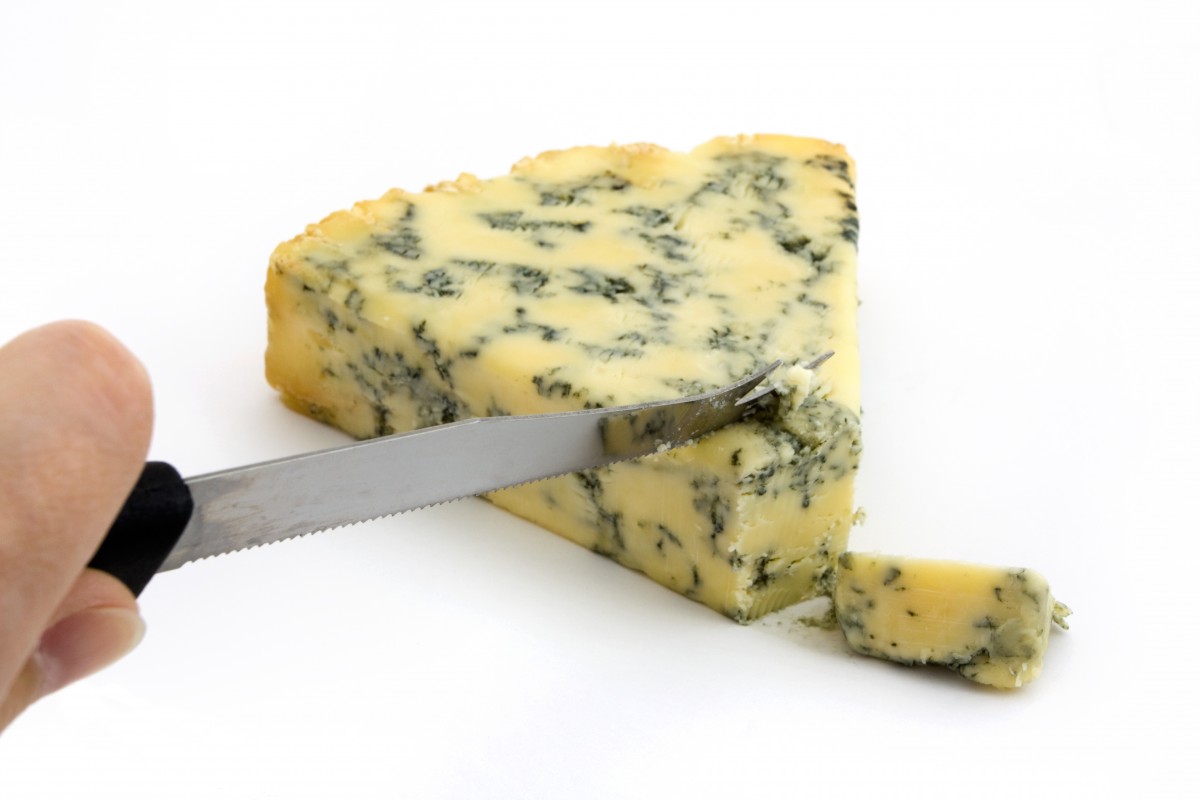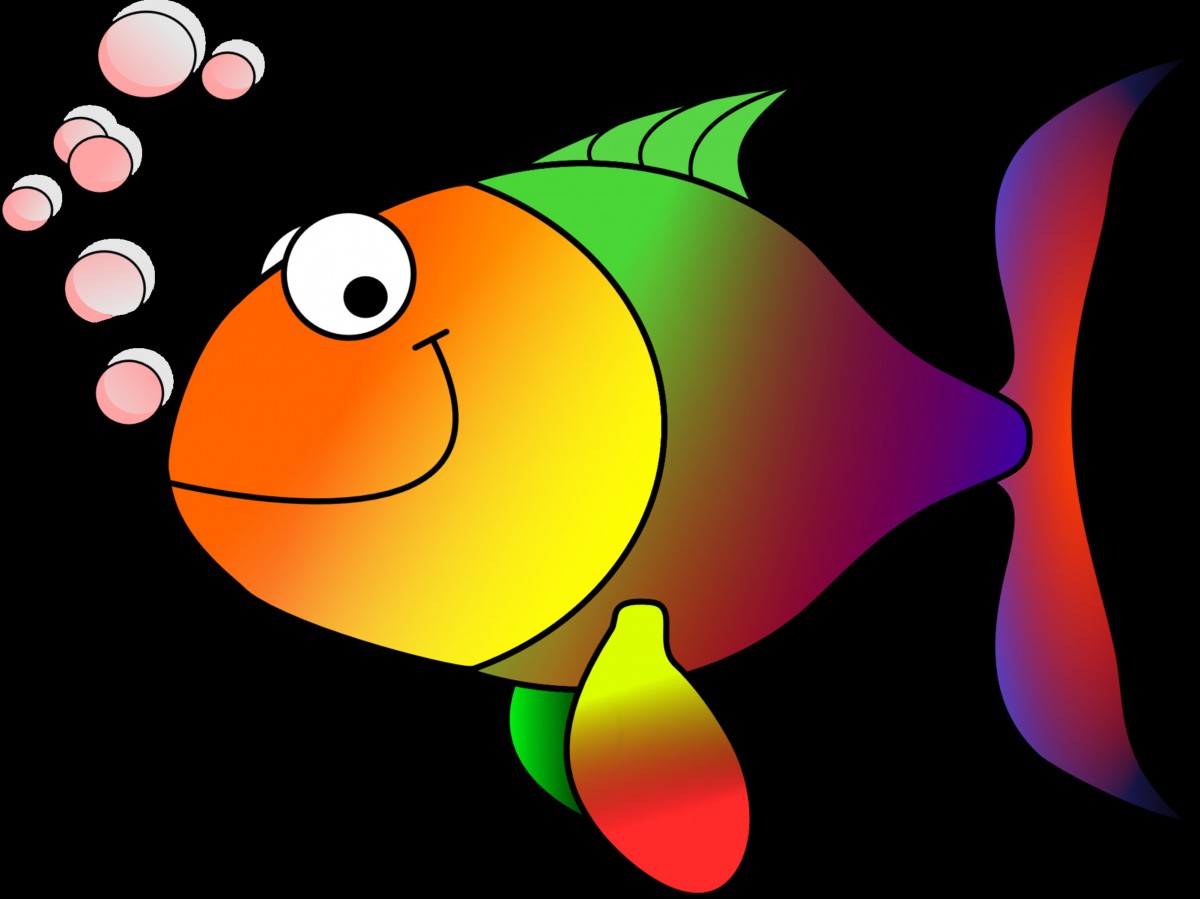Salt fiends beware! If you’re anything like me, you might have thought that not having a sweet tooth would spare you from most of snacking’s fallout on your body. Don’t get me wrong – sugar is not great. But salt, long used worldwide as a food preservative by suppressing the presence of bacteria, has been found to have an effect on the bacteria that inhabit our guts. And this secret massacre may actually be the mechanism behind good ol’ sodium chloride’s well-known health consequences.
“Recent research suggests an additional way salt may raise blood pressure – by altering your gut microbiome. Salt leads to a decrease in healthy microbes and the key metabolites they produce from fiber. These metabolites decrease inflammation in blood vessels and keep them relaxed, contributing to reduced blood pressure. […]
[M]odern diets often have too much sodium. According to the World Health Organization, healthy consumption amounts to less than 2,000 milligrams per day for the average adult. The global mean intake of 4,310 milligrams of sodium has likely increased the amount of salt in the gut over healthy levels.”
Research also shows that too much salt interferes with the release of the insulin-boosting hormone GLP-1, again in the gut, possibly leading to cravings and weight gain. Other studies show it might increase sugar absorption, as well as gut-derived corticosteroids.
If our diets depend on those nefarious “hyperpalatable” foods, packed with sugar and dalt and all sorts of burdensome substances, we might be doing a number on nut just our own bodies, but our microbiomes as well. These bacteria colonies help us in all sorts of ways, some of them still completely unknown to us. Next time I want a salty snack, I’ll have to have a real think about whether it’s worth it to those poor little guys!
The last time we looked at the future of coffee, it was pretty bleak. Coffee is often termed the “Goldilocks” of crops, thriving only in a “just right” combination of altitude, temperature, and rainfall. This delicate balance is often found in a narrow band in the highlands of countries like Ethiopia, Guatemala, and Indonesia — and will be among the first to be upset by climate change. 
Add to this the projected conversion of many of the world’s tea drinkers to java culture, and coffee is going to crash very hard, very soon. In an article co-published by Grist and Slate, author L.V. Anderson looks at the state of coffee substitute startups that are clamouring for their spot when the apocalypse comes. Gone are the days of chicory and Postum; tomorrow’s fake coffee is found in lupin beans, date pits, and leftover coffee fruit pulp. And everyone is promising a caffeine jolt to rival the real thing.
“In trying to explain what makes today’s beanless coffees different from the oldfangled kind, David Klingen, Northern Wonder’s CEO, compared the relationship to the one between modern meat substitutes and more traditional soybean products like tofu and tempeh. Many plant-based meats contain soybeans, but they’re highly processed and combined with other ingredients to create a convincing meat-like texture and flavor. So it is with beanless coffee, relative to Caro-style grain beverages. Klingen emphasized that he and his colleagues mapped out the attributes of various ingredients — bitterness, sweetness, smokiness, the ability to form a foam similar to the crema that crowns a shot of espresso — and tried to combine them in a way that produced a well-rounded coffee facsimile, then added caffeine.”
Another big promise is sustainability, with each company course-correcting different problematic aspects of coffee production. (For example: One uses European ingredients to prevent tropical deforestation, another repurposes agricultural waste like the abovementioned date pits.) Anderson even taste tests a few that are currently on the market: While definitely not coffee, there’s no outright dud in the bunch. We’ll see if these coffee innovations end up tasting even better when the world starts falling down around us!
The people who develop meat alternatives have been thinking further and further outside the box recently. But until encountering this week’s topic, I hadn’t yet thought of mould – yes, the stuff that usually makes you throw out a piece of meat – as the building block for a new kind of protein.
Scientists from Lawrence Berkeley National Laboratory have gene-edited Aspergillus oryzae, a multi-celled fungus also known as koji mould, to prompt it to form itself into a delicious, burger-like patty. Koji mould has been used for centuries to ferment such tasty, umami-rich foods as soy sauce and miso. It seemed a logical, if meticulous, process to turn it into the main course!
“To begin, (project leader and bioengineer Vayu) Hill-Maini focused on boosting the mould’s production of heme – an iron-based molecule which is found in many lifeforms but is most abundant in animal tissue, giving meat its colour and distinctive flavour. (A synthetically produced plant-derived heme is also what gives the Impossible Burger its meat-duping properties.) Next, the team punched up production of ergothioneine, an antioxidant only found in fungi that is associated with cardiovascular health benefits. After these changes, the once-white fungi grew red. […]
Hill-Maini’s next objective is to make the fungi even more appealing by tuning the genes that control the mould’s texture. “We think that there’s a lot of room to explore texture by varying the fibre-like morphology of the cells. So, we might be able to program the structure of the lot fibres to be longer which would give a more meat-like experience. And then we can think about boosting lipid composition for mouth feel and further nutrition.’”
The photos included in the source article show a juicy, Maillard-reaction-bedecked patty that I actually wouldn’t mind trying on a bun with lettuce, tomatoes, and a slathering of our BBQ sauce! Creating something satisfying enough to be the centrepiece of a meal from an ultra-sustainable and -replicatable mould is a win for both our taste buds and our planet. I’m looking forward to seeing these burgers at the shops – and trying a couple on the grill myself.

The cheese world is in a tizzy recently, and it’s opened up another huge debate about what ineffable qualities make up the identity of a food. The Good Food Awards are part of an organization that advances those who “humanize and reform our American food culture”, and are a big deal for American artisanal producers of tasty things to eat. This year, a California company named Climax Foods was slated to win the cheese category with – plot twist – a vegan blue cheese. That is, until the organizers retroactively seemed to alter the qualifications, in a move the Climax CEO Oliver Zahn claims was a backdoor disqualification, made under pressure from supporters of “real” dairy. 
The Washington Post’s deep dive goes into the politics, so in this space, we get to dig into the science. Which is fascinating – and something the opposing parties have also turned into ammunition.
“To Zahn, the method he’s using isn’t all that different from the one used for centuries. When it comes down to it, he notes, plants fuel the animals that produce milk – and so in concocting a milk made out of plants, Zahn says he’s just cutting out the middleman (or middle-bovine). In his analysis of traditional cheesemaking, a cow is essentially a processing machine – and not a very efficient one at that. […]
But traditional cheesemakers see the companies making vegan products as simply operating in another business entirely.
‘These are engineered products. And they’re part of a financialized food system that’s fueled by venture capital and disconnected from nature,’ says Mateo Kehler, co-owner of the family-run Jasper Hill Farm in Vermont. Kehler’s cheese has previously won Good Food awards, and his bark-wrapped, bloomy-rind Harbison cheese is a finalist this year. ‘You have these technological products, but they rely on adjacency to the value proposition that we have created – through labor and through creating products that are truly connected to a landscape, to a farming system, and to our collective human history.’”
I think this is a harbinger – plus with Italy, and now the state of Florida banning lab-grown meat, our culture is starting to take action on what were, until now, philosophical questions about the nature of our food. It will be very interesting to see how the market responds over the next five years or so. Despite the kerfuffle though, the vegan blue “cheese” in question looks delicious; once they settle on what to call it and what awards it’s allowed to win, I’d definitely want to try a slice!

We are a household (and company!) of seafood fans – a type of food that, while delicious, is rife with sustainability problems up and down the chain. But scientists at two Singaporean universities have fired a new salvo in the green battle, by developing a new kind of farmed fish food. This change may seem small, but the fallout is significant. 
Traditional farmed food is made up of fish meal, or wild-caught fish ground up and made into calorie-dense cakes or powder. The production of fish meal is a secret mover in many of the world’s economies and is a giant strain on wild fish populations. The new food, developed as a co-pro between Nanyang Technological University, Singapore, and Temasek Polytechnic, is based on a single-celled protein isolated from microbes the the wastewater of soybean processing. Protecting wild fish and a clever use for food production waste? Yes, please!
“To demonstrate their approach, the team added soybean processing wastewater from a food processing company in Singapore into bioreactors – a controlled environment for biological and chemical reactions – to cultivate single cell protein. […]
After producing their single cell protein, the research team fed two groups of young Asian seabass over 24 days. One group received a conventional fishmeal diet, while the other group was fed a diet of half regular fishmeal and half single cell protein. Both diets provided the same amount of nutritional content for the young fish.
At the end of the experiment, the growth of both groups was evaluated, and researchers found that the fish had grown the same amount. Interestingly, the group of fish on the new diet showed more consistent and less variable growth than the traditional diet group.”
The team projects the consistent growth aspect will be particularly interesting to farmers – who are all about getting the plumpest bang for their buck, and therefore for their downline. The whole shebang represents a cost-effective and environmentally friendly way of stabilizing the industry too, pivoting it from a delicate source of wild protein to one that is nearly infinitely available. If that means more tasty, well-raised fish on my plate, I’m in!